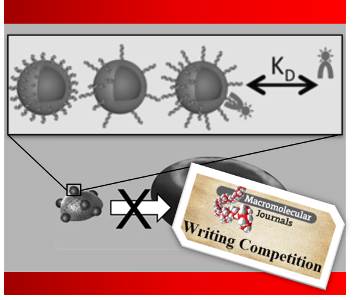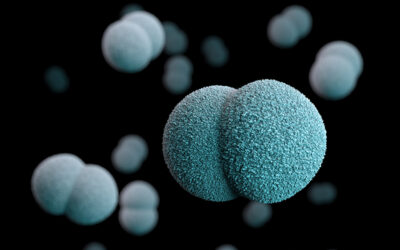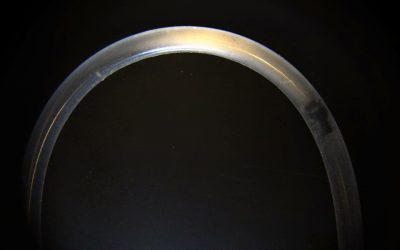by Yaroslav Kochergin (Charles University in Prague)
Nowadays humanity is faced with a numerous, serious infectious diseases that are difficult to treat. For many of them no vaccines currently exist. Malaria stands in one row with those infections. Its parasites infect human red blood cells (RBCs) and destroy them, then they spread to other cells. It takes the parasite about 48 hours to burst a blood cell.
According to WHO data at the beginning of 21st century there were 300 – 350 million Malaria infection cases and more than one million of these were fatal, especially in African regions. The Malaria parasite Plasmodium falciparum that is transmitted by the Anopheles mosquito is responsible for the infection.
A group of scientists from the University of Basel and the Swiss Tropical and Public Health Institute has now developed a promising method for treatment of Malaria infections based on so-called nanomimics. These are nanoscale vesicles that can be made from different block copolymers and functionalized with particular biologically active substituents, in this case heparin, which is a well-known Malaria parasite binding-agent.
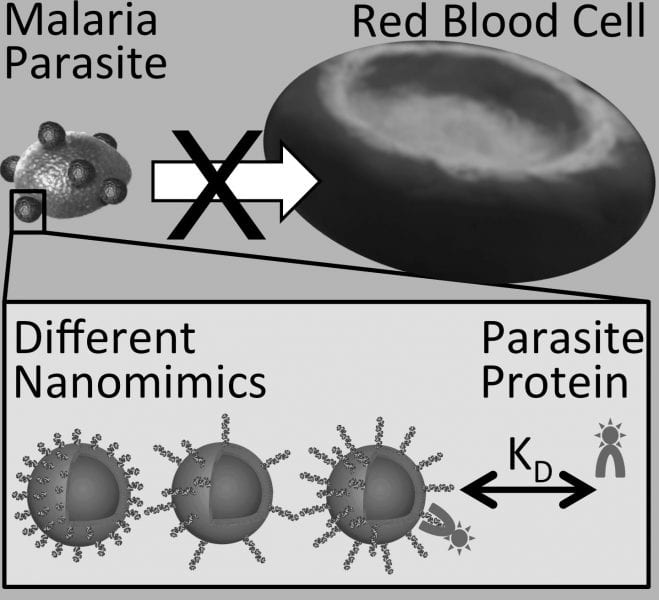
When entering the human blood the parasite starts to form merozoite surface proteins. It infects and reproduces in RBCs. Heparin binds those merozoites and prevents further spreading across host blood cells. Also, in this bound form the parasite moieties are fully accessible to the immune system.
To understand the interaction between heparin modified nanomimics and Malaria merozoites, the authors used fluorescence cross-correlation spectroscopy. Identification of nanoparticle size was performed by transmission electron microscopy and dynamic light scattering. The binding activity of nanomimics correlates with concentration and length of the heparin chains assembled at the block copolymer surface. The longer the chain is the higher is the binding affinity of resulting nanomimics. In case of short chains of heparin it is necessary to increase the concentration of nanomimics in order to reach the same level of activity.
As the authors affirm, it is essential to fully understand the binding mechanism of heparin functionalized nanopolymers because it might help to further optimize the antimalarial activity of nanomimics. The design concept for nanomimics presented here opens new possibilities for the treatment of other dangerous diseases.
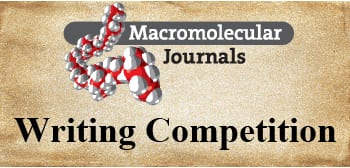 We would like to thank all participants in the Macromolecular Journals Writing Competition.
We would like to thank all participants in the Macromolecular Journals Writing Competition.
The best contributions are now featured on MaterialsViews and will go into the draw for the iPad mini. The winner will be drawn at the Macromolecular Colloquium, February 2016 in Freiburg and will be informed by email.
We hope you enjoy reading the news articles from our young talents.
Enjoy a different perspective on this article by clicking here.

